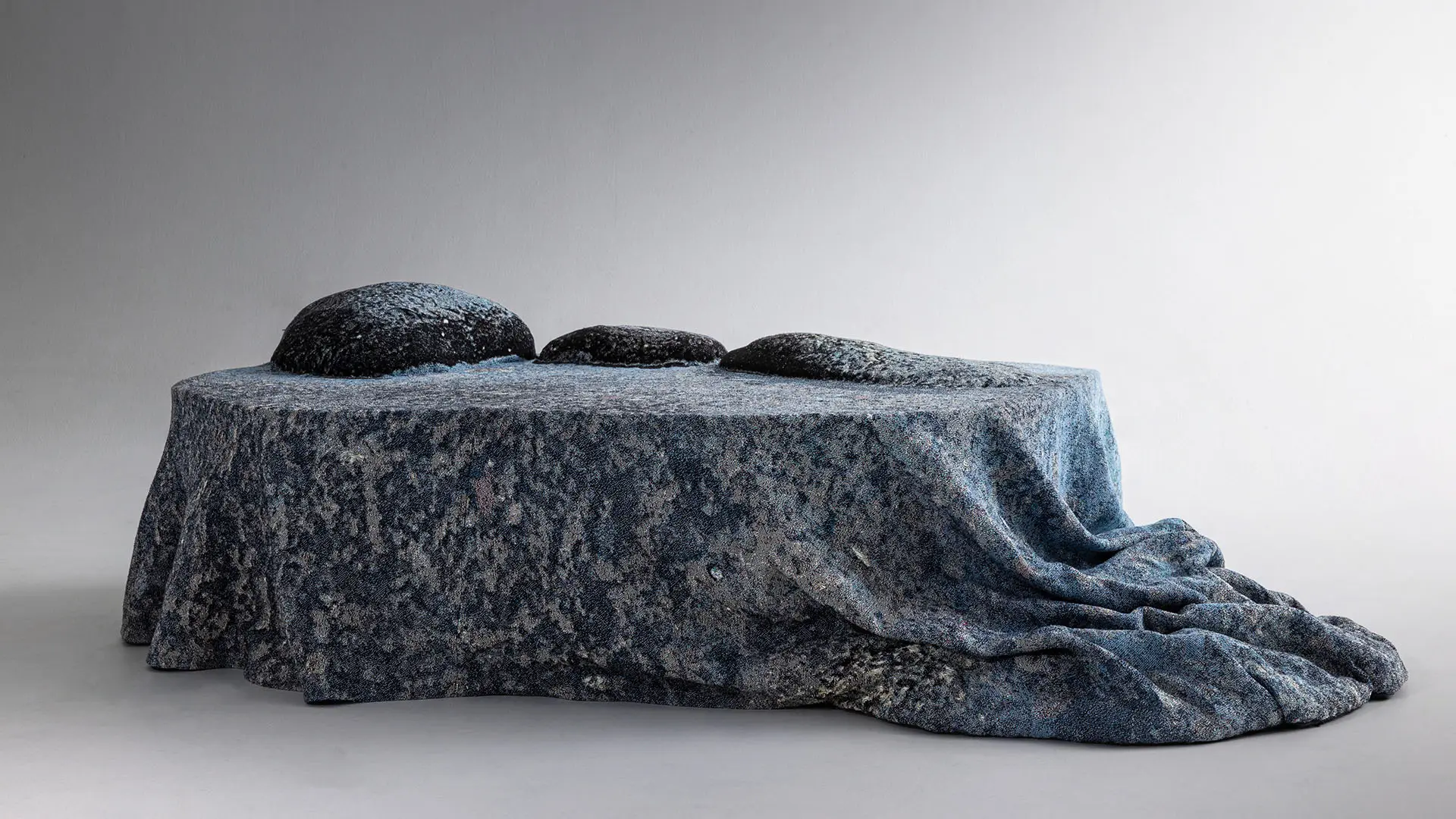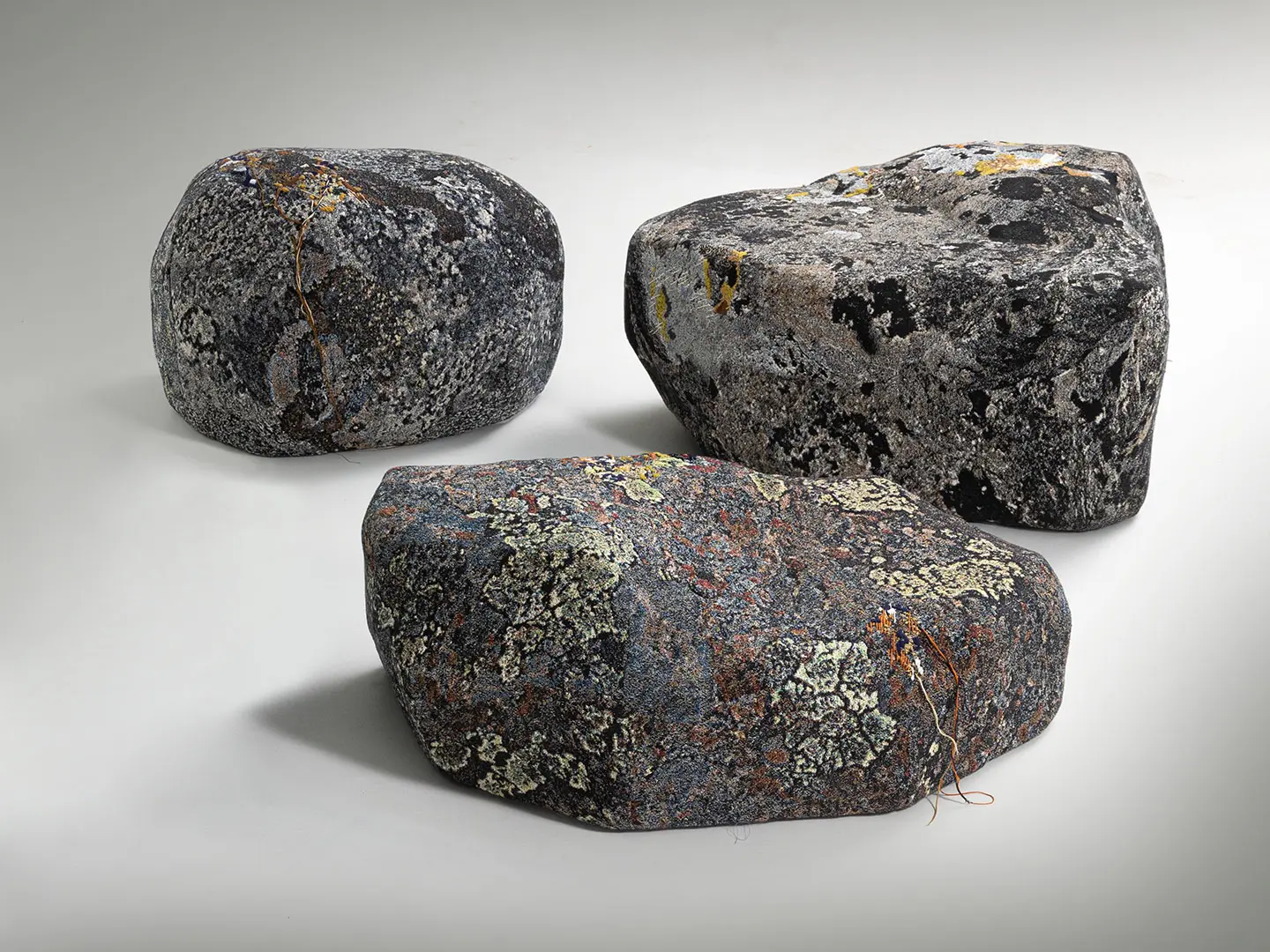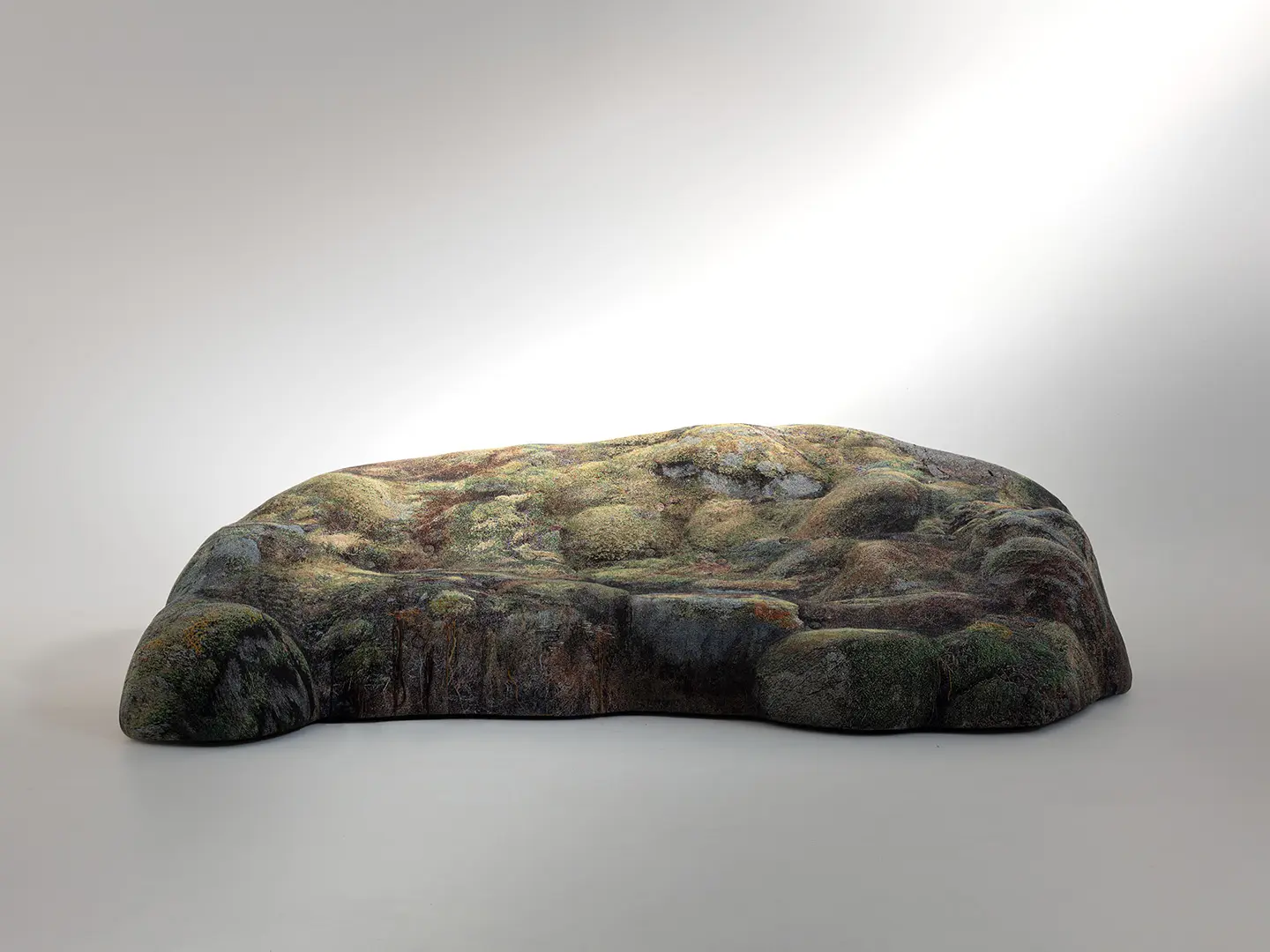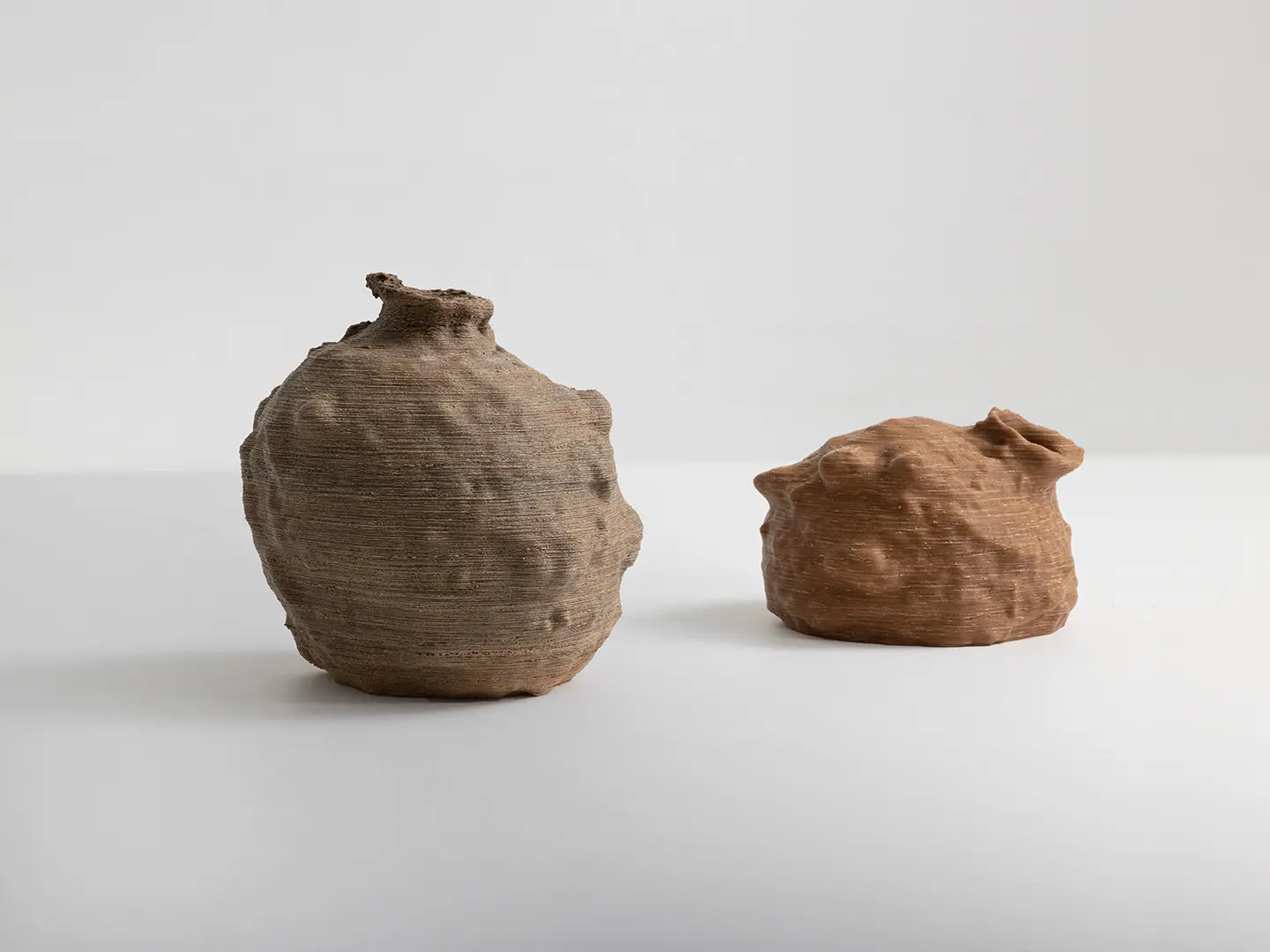In partnership with MiCodmc, a selection of establishments ripe for discovery during the 63rd edition of the Salone del Mobile.Milano, from 8th to 13th April
More-So, Moroso’s adventure into collectible design

Lo Shoreline Ottoman delle Front per More-So.
Patrizia Moroso discusses the birth and the future of the company’s division devoted to freer experimentation. Limited editions informed by the dialogue between design and other worlds.
More-So was officially launched at Design Miami Basel in September. This was the very first time a business had been admitted to the ranks of international collectible design galleries: Moroso. More-So is its new internal division, devoted to freer experimentation around furniture, but with an eye to art. Patrizia Moroso – representing the second generation of the family business at Tavagnacco (Udine), set up in 1952 by Agostino Moroso and his wife Diana – is the company’s artistic director and creative co-director of More-So, along with her friend, the artist Ron Arad. They came up with the idea together. The name, which Arad thought up, plays on an anagram of the name Moroso, but it’s also a statement of intent: the desire to create a fruitful dialogue between design and philosophy, scientific research, art and architecture. In Basel, the first fruits of this new adventure were pieces from the futuristic collection Design by Nature by the Swedish studio Front - a range of upholstered chairs, vases and objects made of wood. A meeting of botany, creativity, technology and craftsmanship, developed over two years of research. Patrizia Moroso told us how More-So came about.
Moroso became closer to the art world during the 1990s. We were the technical sponsors of many fairs and, nine years ago, to mark the 60th anniversary of the brand, Martino Gamper created Metamorphosis, a series of hybrid pieces paired with some of our iconic products by different authors, designed to narrate the history and the philosophy of the company. A stunning project - I’d describe it as philosophical. The pieces were unique and now form part of our archive. Even then More-So was hovering in the background. I’m a firm believer in free experimentation - many of the results aren’t designed to become products, but create a synergy between the designer and the company, they help clarify the mechanisms, playing around with a view to learning. Ron has always encouraged me to do limited editions or one-offs. It’s in our DNA. The Front project was an opportunity to launch More-So, it responded perfectly to this idea. But in order to allow its research to be free and sustainable, More-So is an independent division with its own market, operating through fairs and partnerships with galleries.
It was meant to be a project for presentation at Design Week in Milan in 2020. It was conceived pre-Covid. However, as we developed it we realised that it would be interesting to narrate the evolution of the project. Front came up with a series of organically shaped pieces deriving from a meticulous study of woods. The chairs reproduce rocks and are covered in a jacquard fabric produced using the ancient Gobelins tapestry technique but working from precise low resolution 3D scans onto the canvas, so as to be less photographically faithful and more artistically faithful. Nature is therefore the real generator of the project. The designers also worked on the particular shapes of trunks gnawed by beavers. Enlarged, these become sculptural pieces, but can also work as small tables or storage items. Research into the nests of micro-wasps found in Sweden was also carried out. These small, 2-centimetre constructions were turned into 30-centimetre vases. These unique pieces, collectors’ items yet functional ones, tell the story of a process that will then inform some industrial products that we will present: a collection of chairs, with ‘leaner’ shapes, that are reproduceable on an industrial scale.

I pouf Rock Piece della linea Design by Nature delle Front per More-So.
Yes, Ron Arad and I have a list of names. The next might be an artist.
We’ve been working on it for years. Our company makes upholstereds and it’s not easy finding the right suppliers. I think you have to be very upfront on the matter. You can’t say that a sofa is made from products of plant origin if, for the performance purposes, you add 10% of this material to the polyurethane. Once this has been added, the polyurethane can no longer be broken down later because it has been mixed with other substances. PET is better because it can be reused many, many times and it produces fewer harmful emissions and consumes less energy. You can now get latest-generation springs, which we’ve experimented with, similar to the ones that were around a century ago, but latest-generation. We are doing a lot of work around this issue and we’re doing everything we possibly can do, but with the accent on being truly eco-sustainable. In the textile sector, for example, partly thanks to the progress made in the fashion world, it’s become much easier to source green materials. All our new textiles are certified. We give designers briefs that respect key canons, such as disassembly, crucial for reusing the material. So in order to vaunt sustainability, we need clear directives.

l divano Wilderness Sofa della collezione Design by Nature di Front per More-So.
It’s true! Lots of galleries are selling vintage, others are more experimental and work with contemporary designers, and they’re my benchmark. We are a middle-sized enterprise, both industrial and artisanal. We are unique in having gone down this road. But every time I meet an artist, it’s a plus. Also, More-So allows me to blur the boundaries between art and design. Which is precisely what happened 100 years ago, when craftsman-made furnishings were more popular and started being mass-produced. Art is a wild horse; design is a tame one.

I Potter Wasp Nest delle Front per More-So.


 Stories
Stories










